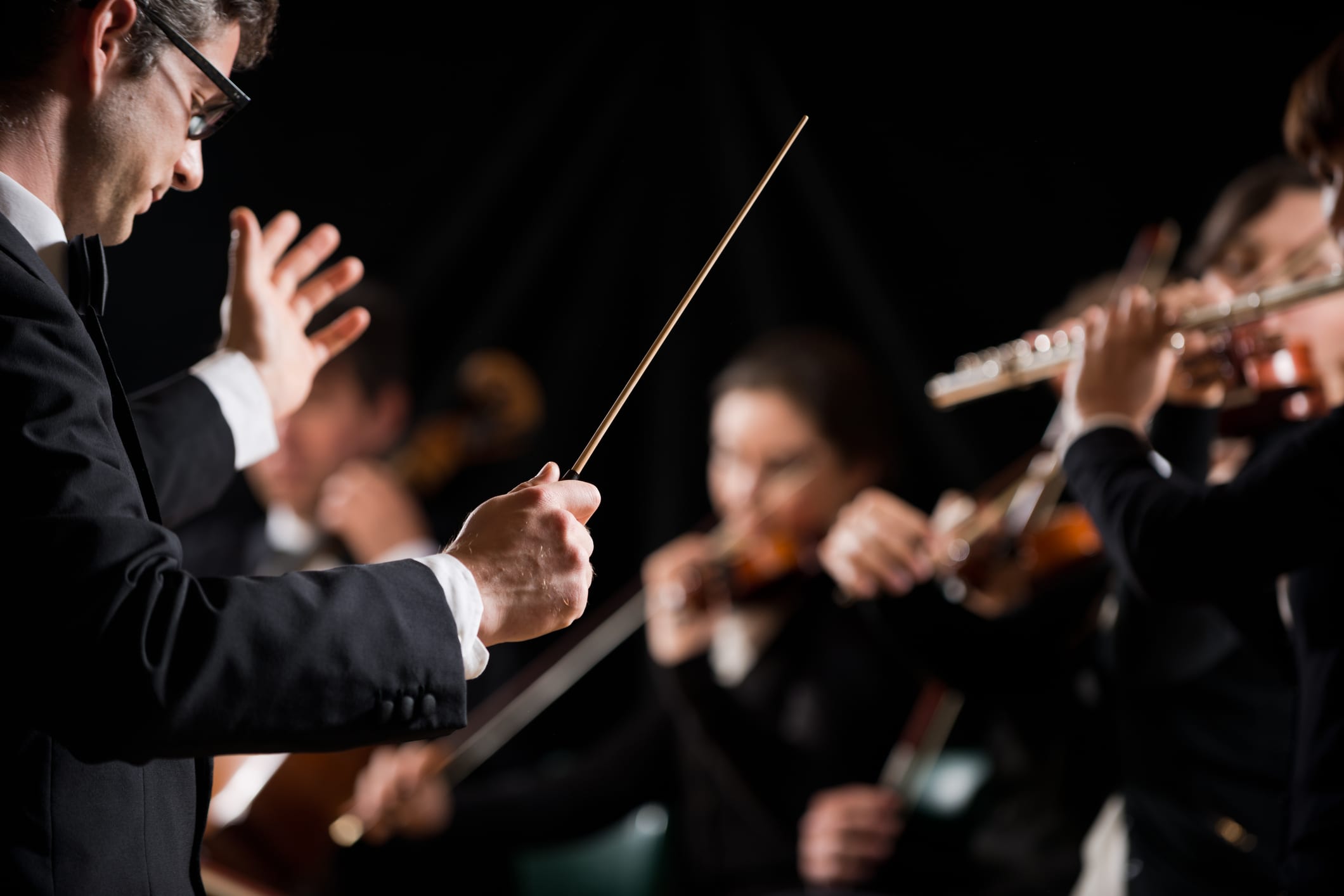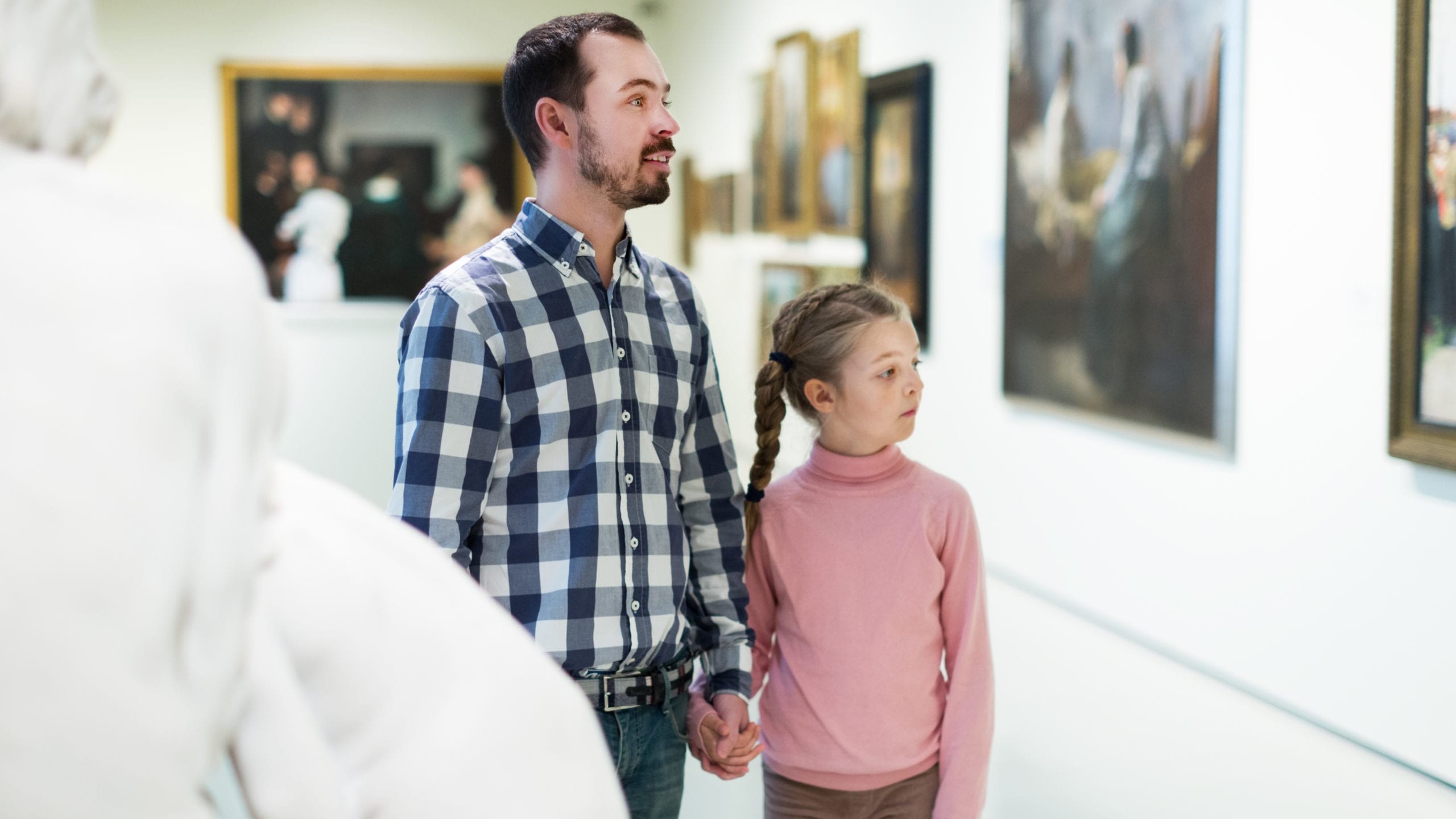When picking a major in college, it’s always important to consider which degree will best prepare you for a stable, lucrative career. That’s why your parents wanted you to study … art?
Despite proposed funding cuts, despite the endless jokes from your friends about your useless degree and despite what you might expect, it turns out arts and culture have a significant economic impact, and one that’s growing.
According to a recent study, arts and culture contributed $166 billion to the American economy in 2015 and supported 4.6 million jobs. From 1998 to 2013, GDP contribution in arts and culture rose by 32 percent.
In Colorado alone, arts and culture accounted for $13.7 billion, more than mining or transportation in the state. In fact, Colorado ranks number one in the country for arts and culture attendance.
The trend is clear: this category is a major economic force, and it’s growing. Colorado has seemingly figured it out, but how can other regions throw their hats in the ring and cash in on this unlikely business opportunity?
Here are a few ways to encourage arts and culture in local regions while boosting the economy in the process:
Provide variety and diversity
A thriving arts and culture scene means people are spending lots of time at museums and attending performances.
For anyone with kids, seeing dinosaur bones is a pretty easy sell, but museums can’t rest solely on a few exhibits. The key is to provide variety, meeting a multitude of tastes, and possibly exposing the community to something they didn’t even know they’d love.
The Denver Art Museum saw over 870,000 visitors last year, and they did it with a wide variety of special exhibits and installations, from a local-themed exhibit on western American art, to the other-worldly Star Wars costume exhibit.
Museums, symphonies and theater organizations can also take a cue from the recent record-breaking success of plays on Broadway, where $49 million was being generated per week last year. Thanks to hits like Hamilton, The Lion King and Wicked, touring productions are also starting to see huge numbers.
Charlotte St. Martin, president of the Broadway League, told The Guardian that the variety of shows appeals to a diverse set of demographics. She sees offerings for “teeners, tweeners, twentysomethings, thirtysomethings, and the rest of us. You have something literally for everybody and you often have more than one thing.”
Even in smaller communities, diversity is growing, and providing opportunities for diverse demographics will yield more revenue.
Fairs and community events
Ever purchased a hand-made craft from a local art fair as a gift for mom? Sure, it’s a specific example, but if you ever have, congratulations — you participated in the arts economy.
When people spend money at local art fairs, it creates a ripple effect. Artists pump that money back into the economy, buying more supplies or splurging on purchases they may not have otherwise been able to afford. Businesses near the event may see a boost from increased foot traffic and fairs and other creative events give entrepreneurs and small businesses a chance to market their creative products and services to the community.
These events also create jobs. A city-sponsored event, for example, creates several potential roles, from people who need to manage the planning and funding of the event year-round, to the temporary help that will be needed during the event.
Local arts and crafts fairs provide incremental sparks to the economy that all add up to the billions of dollars in economic activity arts and culture can provide for states.
Affordable space for artists
The Space to Create program in Colorado bills itself as “the first state driven initiative for affordable housing for creative sector workers in the nation.”
The program focuses on providing permanently affordable housing and workspace, including commercial space, for workers in the creative sector. With a focus on rural areas and small towns, the program is designed to transform local economies through creative communities.
By sponsoring programs like this, states can enable job creation while revitalizing spaces that otherwise may become abandoned or demolished. Investing in remodeling or construction of creative spaces also creates construction jobs.
A creative economy is a stable economy, especially in small towns that might not have many other options. A scenic mountain town in Colorado might not be able to sustain more than one hardware store, because it’s a commodity than anyone can carry. But when it comes to creative products, each one is unique, creating scarcity no matter how many stores in town carry locally-produced arts or crafts.
States and municipalities can provide designated space for creatives, as well as tax incentives and other financial breaks, to stabilize and encourage growth in the arts and culture economy.
Give the people what they want
There’s one big reason why arts and culture are such a big economic driver: everybody likes them.
According to a survey from Ipsos Public Affairs, 87 percent of Americans believe arts and culture are important to quality of life, and 82 percent believe they’re important to local businesses and the economy.
Suggested Reading:
People want to spend their money on arts and culture. The data is there to prove the business case for investing in arts and culture.
So the next time someone gives you a hard time about that useless degree, you can tell them that you’re a job creator contributing to one of the biggest GDP drivers in the country. Whether you do so while wearing a beret is your call.


